Directed by Ali Abbasi, ‘Holy Spider’ is a crime thriller movie based on the real-life crimes of a serial killer, Saeed Hanaei. The film features actors like Zar Amir-Ebrahimi, Mehdi Bajestani, and Arash Ashtiani, alongside others. Set in the holy city of Mashhad in Iran, it follows the story of a dedicated journalist, Arezoo Rahimi, as she investigates the numerous murders of female sex workers in the streets of Mashhad.
The film also focuses on the serial killer himself, Saeed Azimi, and tries to showcase his twisted psyche and ideology as he kills woman after woman in the name of cleansing the world of sin and decadence. With a focus on the plight of sexism as a social and cultural matter, ‘Holy Spider’ explores themes of corruption, injustice, and violence incited by extremist religious beliefs. If you’re curious about how Arezoo’s investigation unfolds and what fate lies ahead of Saeed, then here is everything you need to know about the ending of ‘Holy Spider.’ SPOILERS AHEAD!
Holy Spider Plot Synopsis
‘Holy Spider’ follows journalist Arezoo Rahimi in her steadfast investigation against Masshad’s notorious serial killer, dubbed the “Spider Killer.” The Spider Killer targets female sex workers, lures them back to his isolated apartment, and then strangles them to death with their headscarves. He ties the scarf around their neck twice— as his signature— and dumps their body in some remote area. In Rahimi’s investigation, she finds out that the killer has been contacting her boss, Sharifi after every kill to inform him about the locations of the body. Furthermore, she also finds out that the killings aren’t just random but instead a targeted crusade against sex workers in Mashhad, whom the killer considers to be morally corrupt sinners.
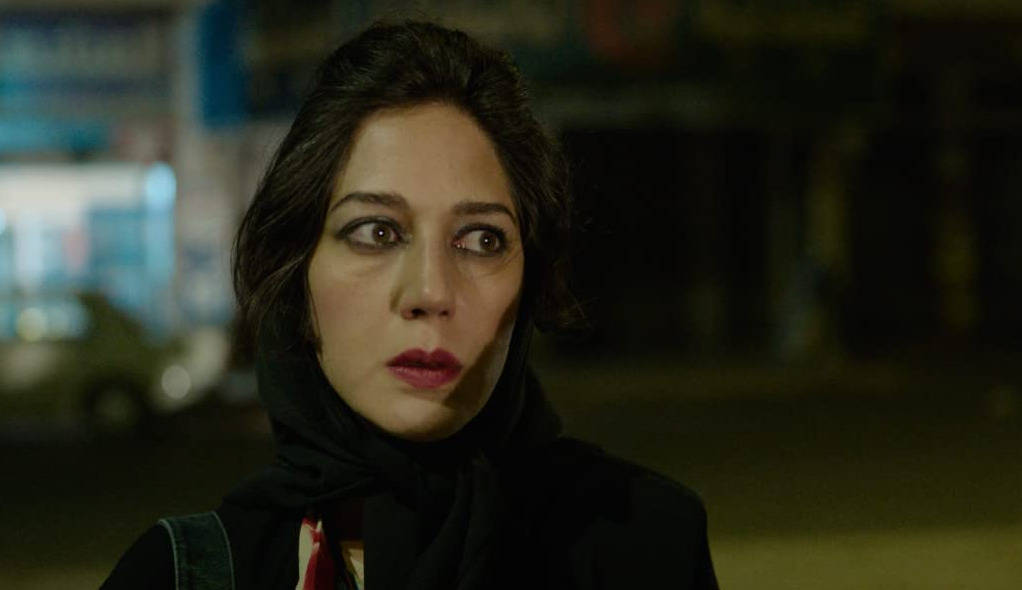
As Rahimi continues with her investigation, she receives minimum to no help from the police and starts to suspect a bigger religious conspiracy at play. As the body keeps piling up, with no promising development from the police in catching the killer, Rahimi decides to take matters into her own hands. Meanwhile, Saeed Azimi, a mason by day and killer by night, leads his double life hiding his sinister secrets from his wife and kids. He makes his moves on the nights when his family isn’t home. Saeed drives out to the city square on his motorcycle and picks up a woman as his victim to take back home.
After Rahimi realizes the police are as likely to help as they are to hurt, she decides to dress up as a sex worker to find out the killer’s true identity on her own. It isn’t long before she comes across Saeed Saeed, who takes her home with him. Sharifi follows behind in his car. However, through the maze-like twists and turns, he quickly loses sight of them. Now trapped inside Saeed’s territory, Rahimi has no choice but to face the man all on her own. When Saeed tries to choke her, she tries to fight him off. After a tense fight for her life, Rahimi manages to flee the apartment with a secured audio recording of the whole situation.
Lastly, all that’s left is for Saeed to be put on trial and served with punishment. However, soon after, a large part of the community comes out in support of Saeed. They perceive his actions to be morally righteous and demand freedom for him. Likewise, Saeed’s family isn’t horrified at his actions after his arrest either. Instead, they are only frustrated at the consequences born from his killing spree. Saeed’s son, Ali, who idolizes him, witnesses the swarms of support for his father and inherits Saeed’s beliefs. As Saeed’s trial continues, Rahimi and Sharifi interview many people involved in the case for their paper and stay closely connected to it themselves. In the end, after the court finds Saeed guilty of his crimes and serves him with heavy sentences: only one question remains. Would Saeed be hanged for his crimes, or will the corrupt system find a way to help him escape his fate?
Holy Spider Ending: How Was The Spider Killer Caught?
Even though The Spider Killer, Saeed Azimi, is a sloppy serial killer with an M.O. that should leave his fingerprints all over the victim’s clothing, it still takes 16 kills for someone to catch him. The police are very negligent towards the case, with an order from the people above to avoid cases that can be classified as religious. Moreover, a significant part of the community seems to simply not care about the massive target on the backs of women that fall victim to The Spider Killer. As far as they are concerned, these women are immoral addicts, and their deaths aren’t something to mourn. In fact, Arezoo Rahimi seems to be the only person who actively wants to find The Spider Killer and bring him to justice.
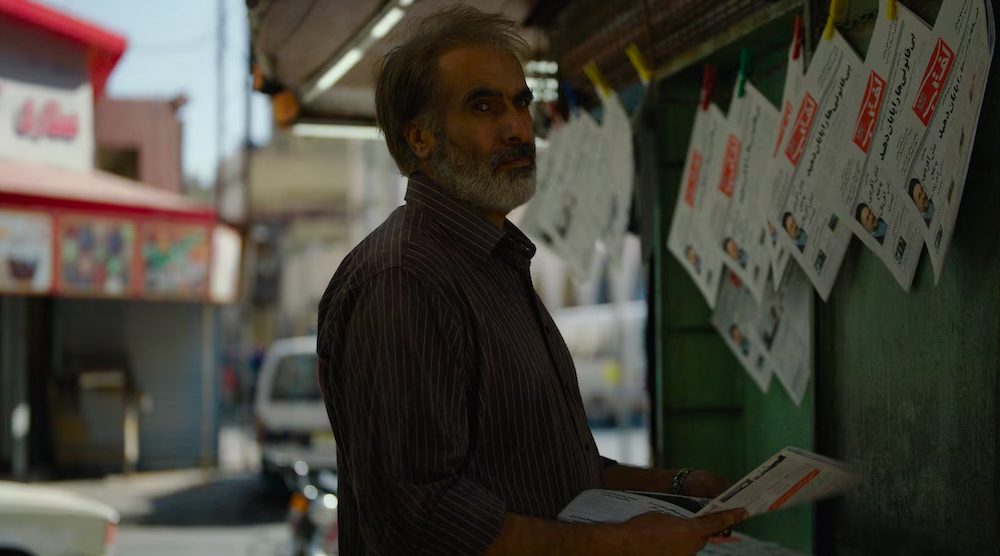
Due to the aforementioned sloppiness of Saeed Azimi, once Rahimi starts looking into the case, she finds a thread that leads her to him. She seeks out the mother of Soghra, a victim Rahimi had once spoken to. Though Soghra’s mother is initially unwilling to talk to Rahimi about her daughter, she eventually opens up to Rahimi.
Saeed rides into the square on a motorcycle and picks up his victims without any care about possible witnesses. Most likely, Saeed simply doesn’t believe there are people who care enough about these women to take notice of their disappearance. However, his assumption proves to be wrong. Other sex workers notice him and his pattern as well. Therefore, Soghra’s mother is able to provide Rahimi with vital information about the killer. With this information, Rahimi is able to set up a trap for Saeed with herself as bait and successfully catches him.
Why Was The Spider Killer Hanged?
During Saeed’s trial, he receives overwhelming support from the masses. Their support, in turn, makes Saeed feel invincible, and he decides to stand firm in his belief in the righteousness of his crimes. When his lawyer proposes claiming mental instability as their defense, Saeed agrees but goes off-script at the last moment. He claims everything he had done had been for the eighth Imam and God and takes full responsibility for his actions. He believes his hatred and violence towards female sex workers are justified, and the court would not hold him in contempt due to the immense public support.
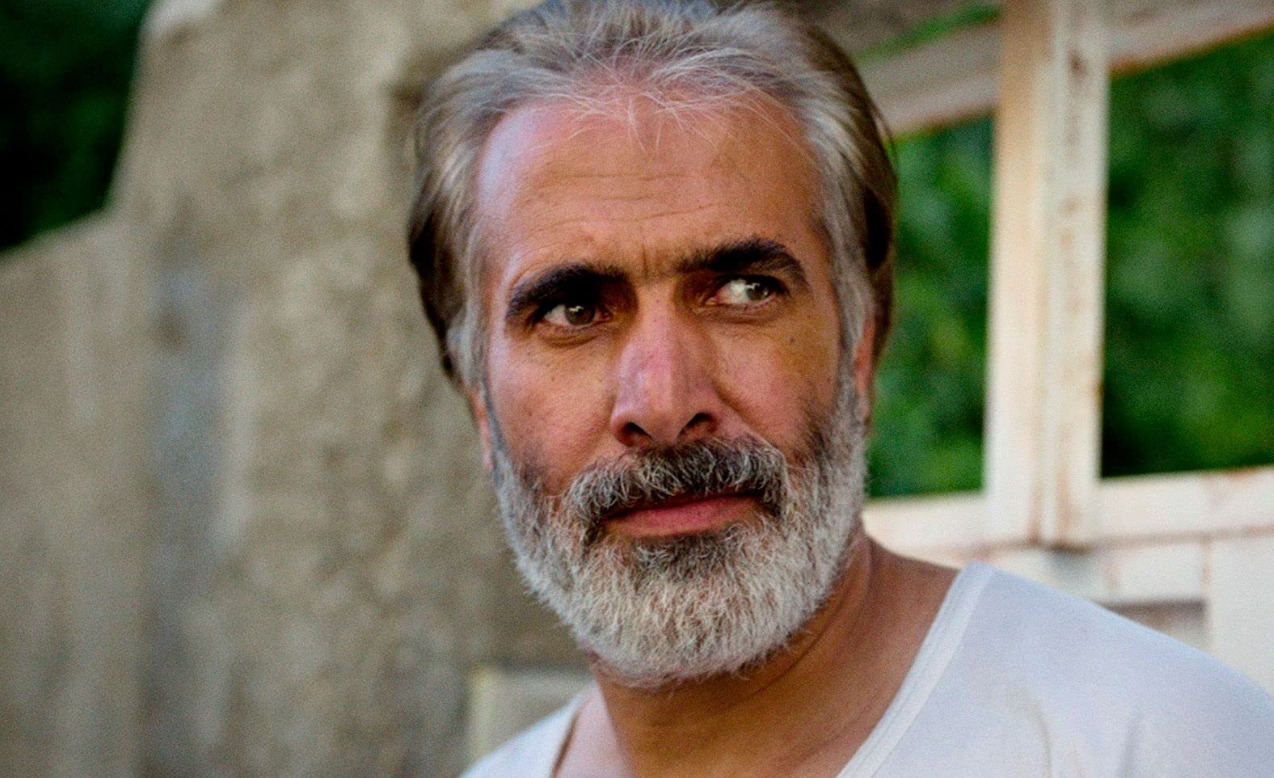
Nevertheless, after his trial comes to an end, the court finds him guilty of all charges and sentences him to 100 flogs and death. The war he had waged against poor and helpless women was far more immoral than anything the women themselves were doing. They had been victims of their circumstances, steeped in poverty in a patriarchal society. Though the issue of street-side prostitution is a topic of grave concern, the solution to it is not violent murders.
After receiving his sentence, Saeed returns to his cell, where he meets his friend Haji. Haji assures him that the death sentence he received had only been for superficial reasons and that on the day of his execution, he would be secretly escorted to a car and then rescued. When that day does come, Saeed is almost giddy with his friend’s master plan and walks to his death without care. However, when he reaches the room where he will be hanged, he is handcuffed and pushed towards the noose instead of being taken to any car. Ultimately, Saeed chokes to death, just as his victims had.
Will Ali, Saeed’s Son, Also Become a Serial Killer?
Through all the support and idolization that Saeed receives, the most adamant of them comes from his son, Ali. After Saeed’s arrest, Ali goes to his mother, Fatima, to ask her about the reason behind his father’s arrest. Fatima has a similar ideology as Saeed. Therefore, she teaches Ali that his father had done the right thing by killing those women. Moreover, Ali witnesses his entire community celebrating his father’s actions and hailing him as a hero. As a result, he forms an unshakable opinion that his father has done nothing wrong. As far as Ali is concerned, if anything, the crusade against female sex workers in his city needs to continue.
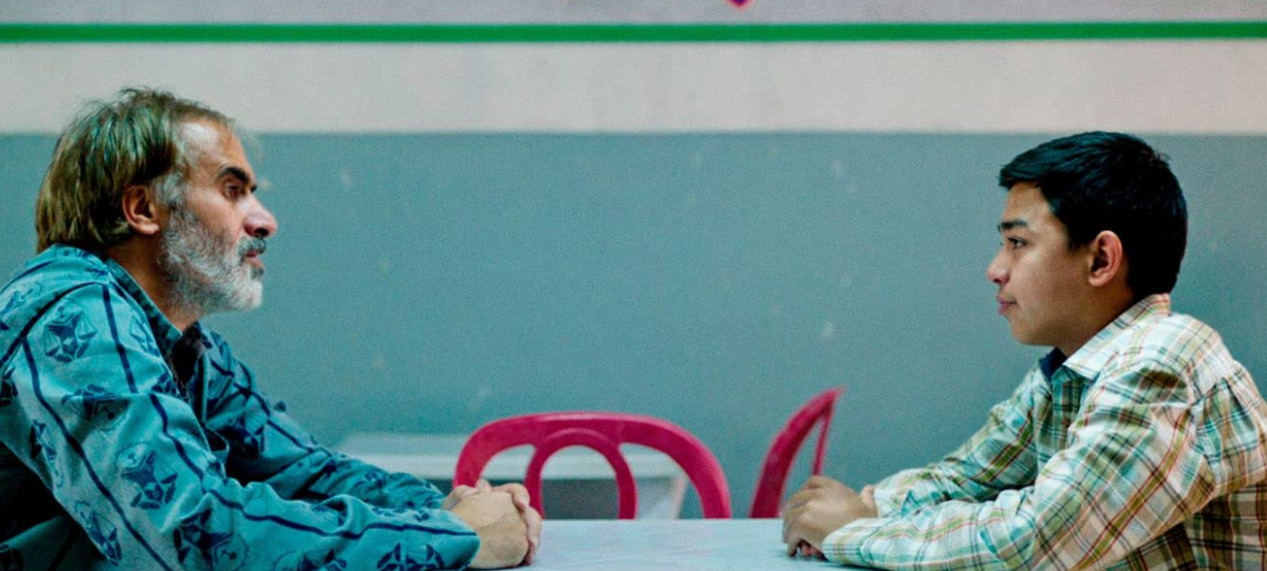
When Saeed’s trial is going on, Rahimi interviews several people, including Saeed’s son Ali. After Saeed’s execution, Rahimi gets on a bus to travel back to her home. On the bus, she watches the same interview she took of Ali. In the video, Ali extensively goes on to explain the exact ways in which Saeed killed all those women. For a more accurate representation, he even goes as far as to call his little sister to play the role of the victim and pretends to kneel on her neck, choking her to death. It’s obvious he can’t see the disturbing image he made. Ali is too blinded by the misogynistic values that have been instilled in him by society and his family.
It is impossible to know for certain whether Ali followed in his father’s footsteps or not. If another Spider Killer were to emerge, the people of Mashhad would hardly vilify him for his crimes. Many people had even expressed their expectations for Ali to finish the job his father had started. Moreover, if Ali isn’t moved to action, then some other man with enough hatred in his heart is bound to. The film doesn’t seem eager to make any statements about Ali’s future. It leaves it up in the air, open to interpretation.
However, the one statement ‘Holy Spider’ is eager to make is that of the social perception of women in a society like Mashhad’s. Sex workers in a violently patriarchal society are among the lowest in society’s food chain. With limited rights, these people face extreme prejudice and no tangible way to escape from their situations.
Read More: Is Holy Spider Based on a True Story?

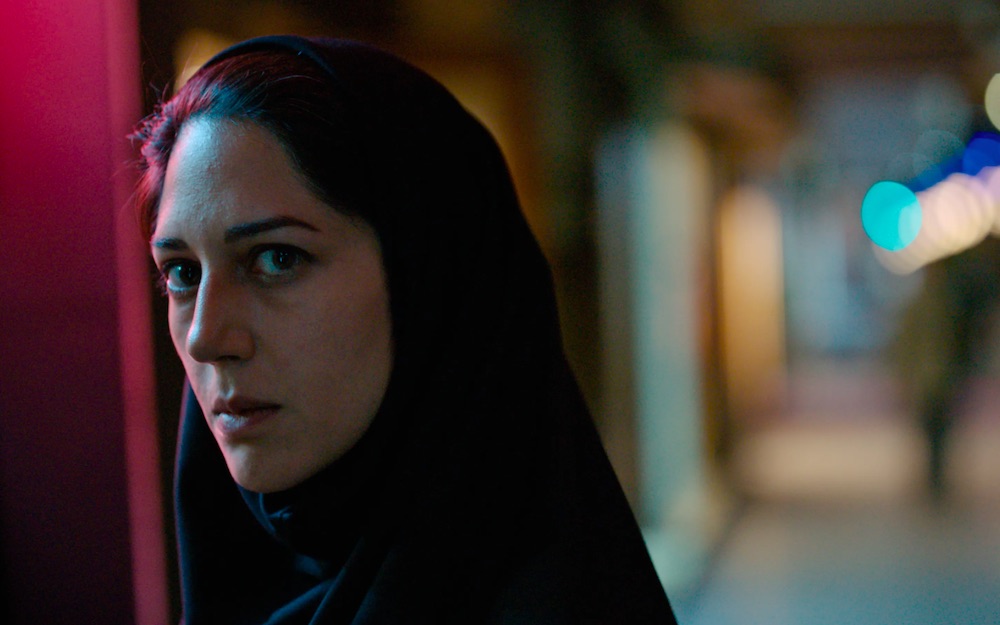
You must be logged in to post a comment.